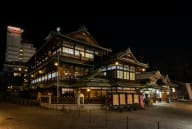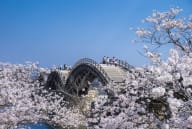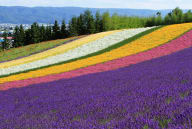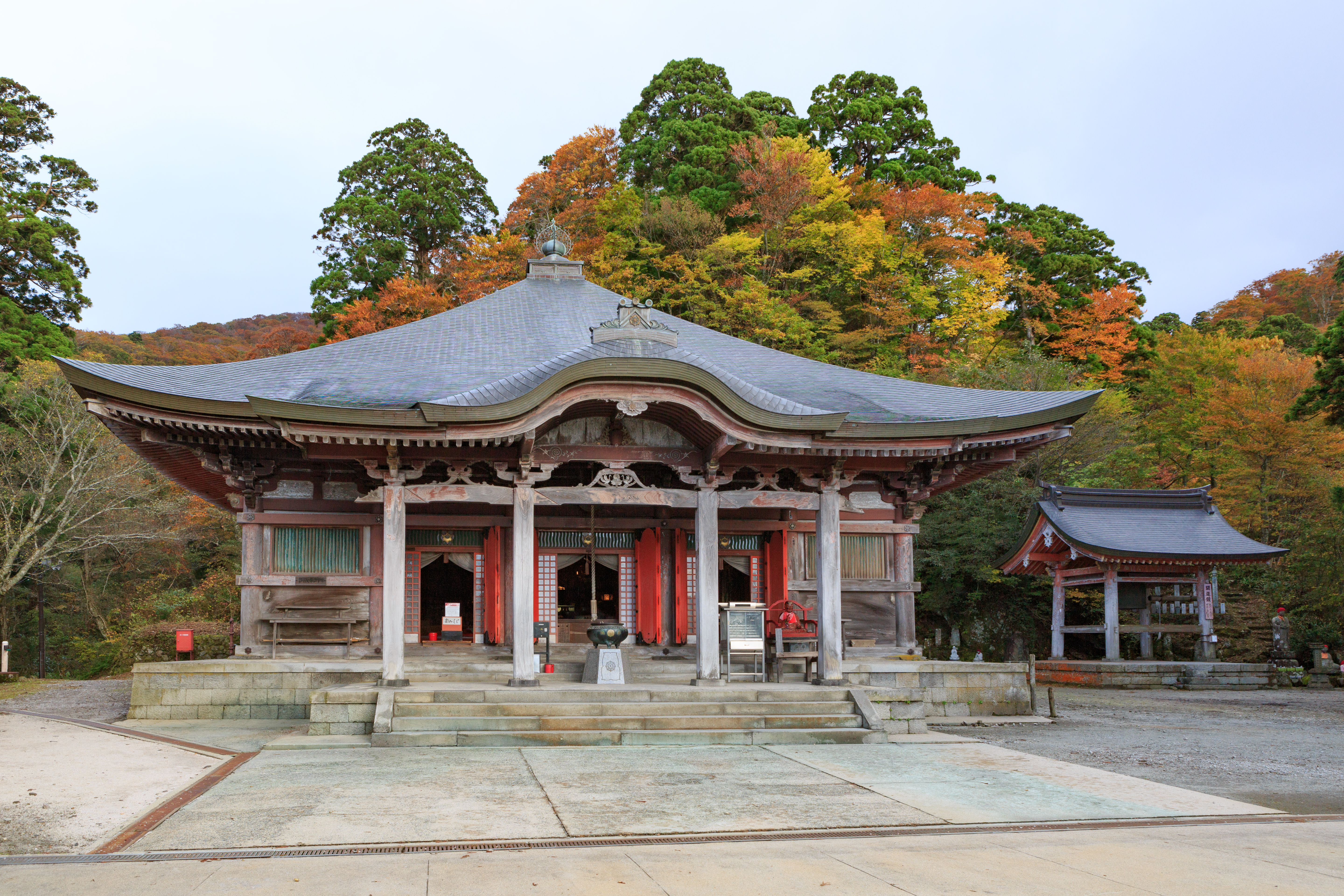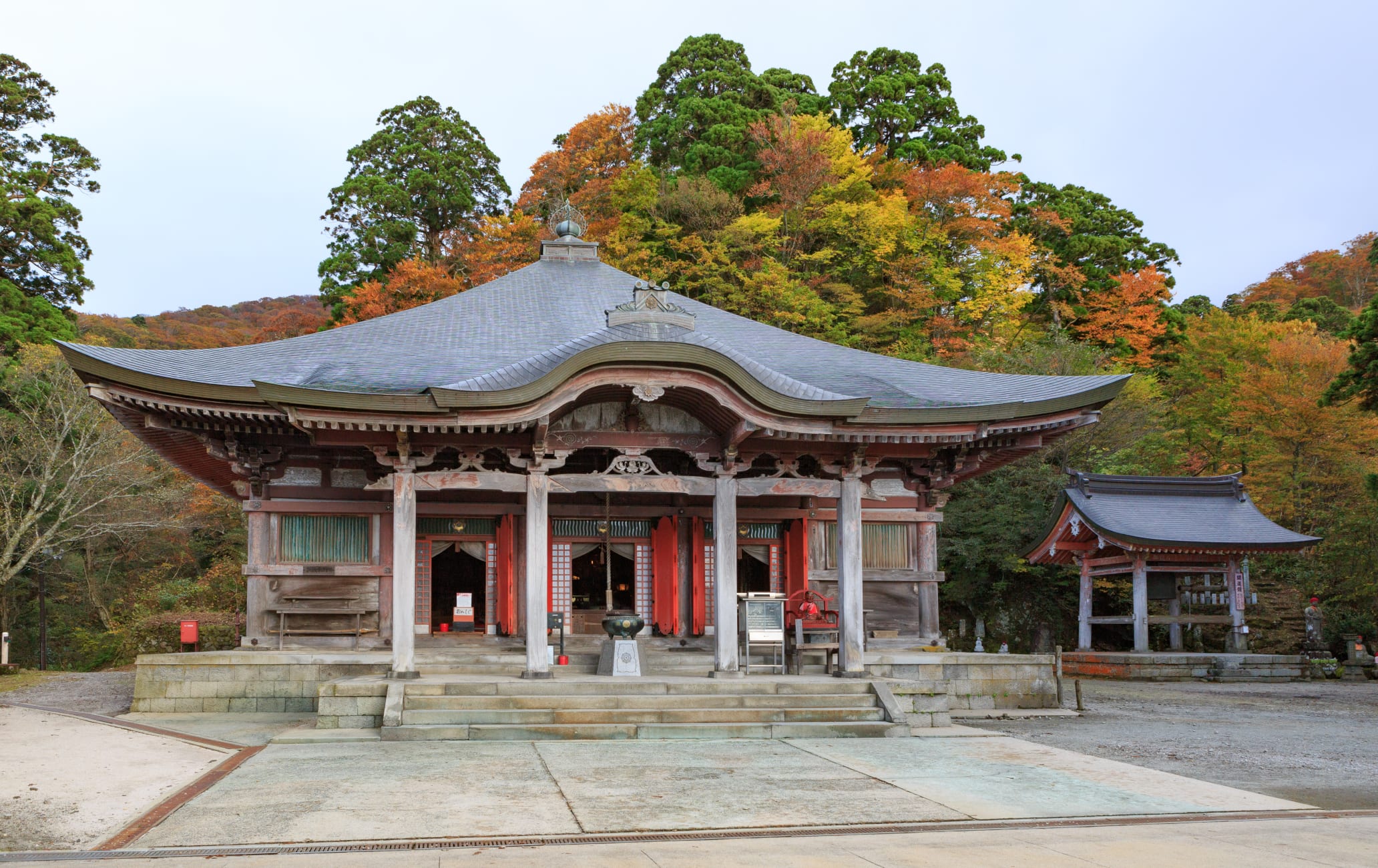Un temple influent à l'histoire compliquée
Du VIIIe au XIVe siècle, le temple Daisenji et les édifices attenants constituèrent un centre de pouvoir et d'influence majeur. Avec plus de 100 temples et de 3000 prêtres « guerriers » armés, l'autorité du mont Daisen était à égalité avec celles des monts Hiei , Yoshino et Koya .
Comment s'y rendre
Des bus locaux circulent environ cinq fois par jour entre la gare de Yonago et le mont Daisen Un bus circulaire relie la gare de Yonago aux principaux sites touristiques du Daisen pendant la haute saison, les week-ends et les jours fériés.
Une religion syncrétique
Le mont Daisen est considéré comme une montagne sacrée et était autrefois un lieu privilégié pour les moines ascétiques, vivant dans la nature et s'abstenant du confort de la vie moderne.
Les origines du temple Daisenji remontent au VIIIe siècle, lorsque le mont Daisen était un site majeur du Shugendo, une religion syncrétique combinant des éléments du shintoïsme, du bouddhisme, du chamanisme et du culte de la montagne. Le Shugendo a été créé au VIIe siècle par En no Gyoja, un ascète de montagne mystique.
Histoire
Le temple Daisenji a été grandement affecté par le mouvement anti-bouddhiste haibutsu kishaku après la restauration de Meiji en 1868. Le temple a été fermé de force en 1875 avant d'être autorisé à rouvrir en 1903 sous l'égide de l'école bouddhiste Tendai.
La salle principale
La magnifique salle principale, le Dainichido, détruite dans un incendie en 1928, a été minutieusement reconstruite en 1951. L'on y trouve une statue de Jizo Bosatsu. La magnifique grande salle Amida-do, datant de 1131, contient trois sculptures en bois du Bouddha Amida, qui sont toutes classées comme biens culturels importants.
















